Disclaimer:
Since we are true proponents of experiential learning, our introduction starts with an example, and the theory will come later.

Pretty much everyone likes a chamomile plant. If you are one of the few who don’t, feel free to think of any other plant while you consider these two scenarios:
- You read a botanical dictionary entry on Matricaria chamomilla. Now you know its natural habitat, scientific classification, and sectional view.
- You saw a chamomile plant in your grandmother’s garden. You touched it, smelled it, and probably even tasted it.
Here is the big question: Which approach provides a better understanding of what a chamomile plant is? We bet the latter.
In this article, we explain the importance of learning through experience, list the experiential learning methods, and give you a few tricks of the trade to make experiential learning easier for you.
🔎 What Is Experiential Learning?
We engage and interact with the world around us all the time. That’s why you are constantly getting new experiences, even though you may not realize it.
Experiential learning brings this process to a conscious level. It involves learning by doing and then reflecting on the experience gained.
In other words:
It advocates for deep learning rather than surface learning.
Let’s look at these two types of learning to understand better what experiential learning is:
- Deep learning encompasses multiple techniques, from reading and discussing to role-playing and experimenting. You might forget the layout and wording of the material, but its meaning stays in your memory for years.
- Surface learning is limited to memorizing information from a book, like when you try to cram material before an exam. You retain a lot of unrelated facts (e.g., which side of the page contained the information) and the exact wording. But you also forget the meaning soon after the exam.
David Kolb published his work on experiential learning in 1984. This book still applies to contemporary education more than ever before.
Kolb’s Experiential Learning Cycle
David Kolb noticed that experiential learning evolves in cycles that include 4 milestones. Your knowledge deepens and gets more detailed after each new bit of experience and after the full completion of each circle.
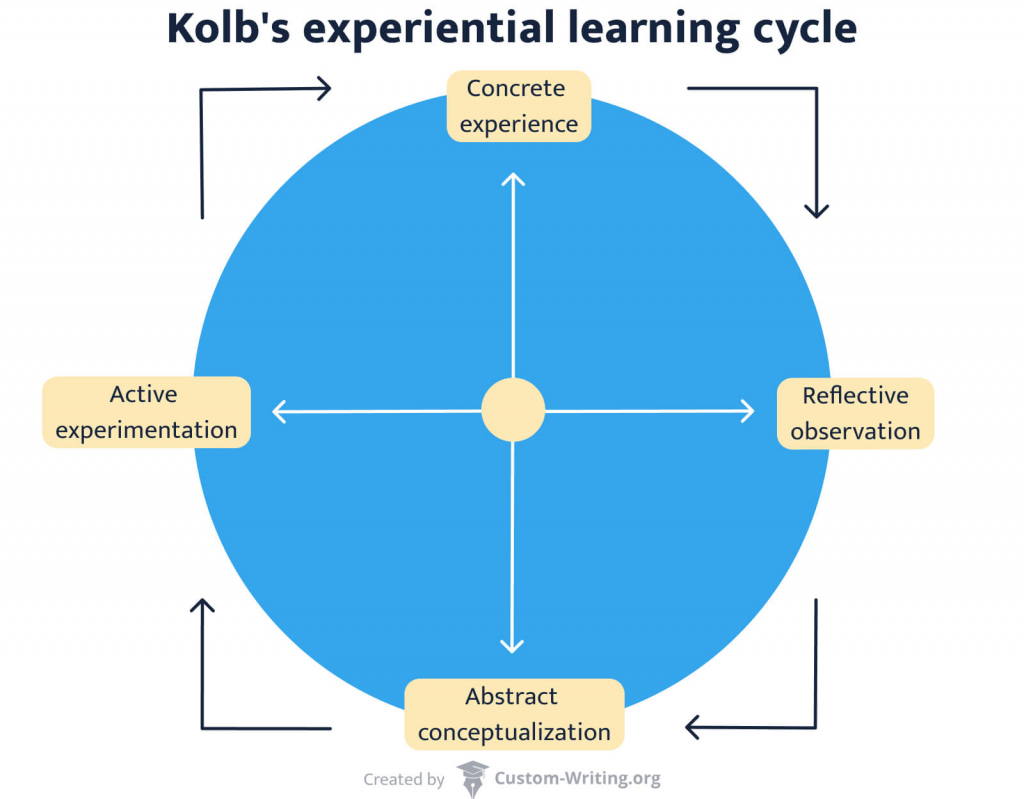
Let’s look at each of the learning cycle stages in more detail.
Each new cycle of experience will develop your skills and overall understanding of the subject matter.
Experiential Learning Examples
Surprisingly, you can start experiential learning from any phase in the cycle. Here are some examples:
Learning to skate:
- Reflective observation – Watching figure skaters on TV and thinking about your sporting skills.
- Abstract conceptualization – Reading an article on figure skating on the web.
- Concrete experience – Listening to practical recommendations from a skating instructor.
- Active experimentation – Trying yourself on the skating rink.
Learning to draw portraits:
- Active experimentation – Drawing your self-portrait from scratch.
- Reflective observation – Noticing the weak points, like unrealistic eyes or head shape.
- Abstract conceptualization – Looking on the web for tutorials.
- Concrete experience – Signing up for #100headschallenge and drawing ten quick portraits daily.
🔢 Kolb’s Learning Styles
Kolb noticed that various factors affect our preferred learning style. They include the following:
- Personality type
- Specialization
- Career choice
- Current role at work
- Flexibility
Furthermore, the experiential learning cycles described above adapt to your own learning style. We can classify everyone into one of the four categories, depending on which phase of the cycle is the most comfortable for them.
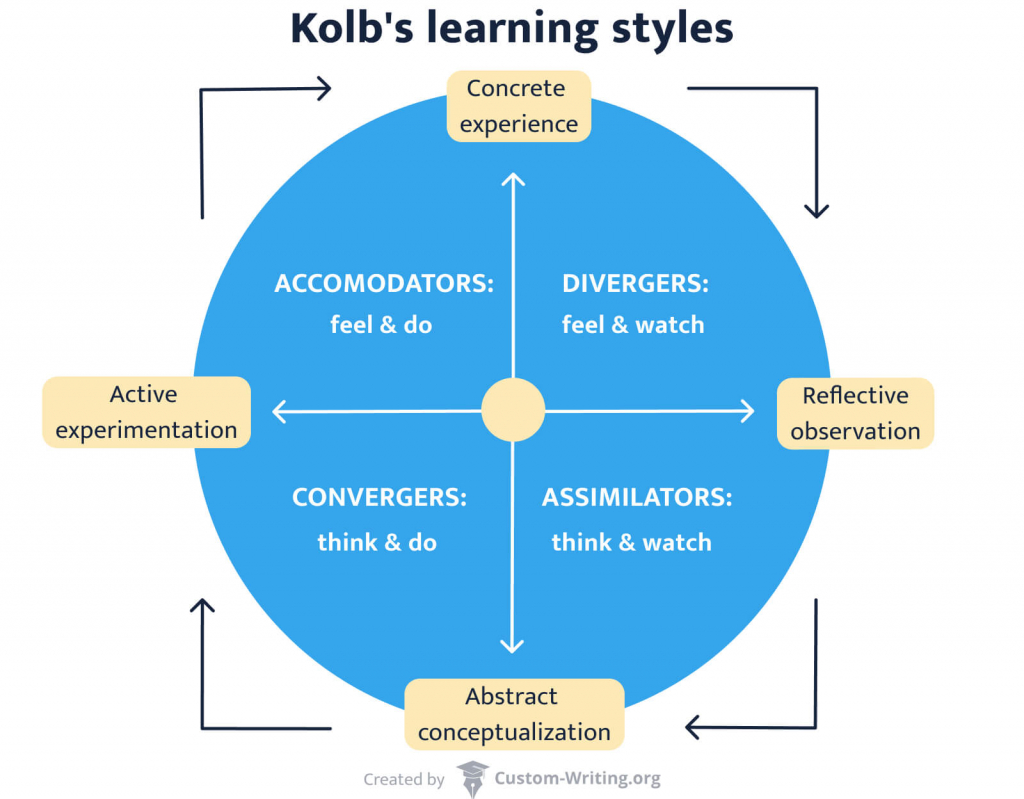
Reflector / Diverger
These people enjoy approaching the same problem from various perspectives. They would rather observe others than throw themselves into an activity. But this method allows them to collect information and use their imagination.
Their broad cultural interests make them the best team players since they naturally find a way to approach everyone else. They care about what others feel and think. Divergers are at their best in situations that require idea-generation skills (brainstorming, creative writing, etc.). But in terms of leadership, they aren’t as comfortable as the other three styles are.
Theorist / Assimilator
They believe ideas and theories are more important than individuals and particular situations. They always prefer clear explanations to practical opportunities.
Assimilators are proficient arrangers of broad information in a clear and logical format. Meanwhile, they are often detached from reality and tend to overlook approaches with practical value.
With this learning style, you can excel in information processing and science. While studying, you probably prefer reading and lectures. Make sure you have enough time to think the material through, though.
Pragmatist / Converger
These people are natural problem-solvers. They are always ready to use their knowledge in practice. Although they aren’t as versed in interpersonal aspects, they are skillful in various technical tasks. Convergers enjoy applying new ideas and checking theories.
In many aspects, they form an excellent team with a theorist, using their systematic information for practical purposes.
Activist / Accommodator
This learning style relies on intuition rather than logic. The open-mindedness of such people helps them experiment with information generated by other people. New challenges and experiences attract them, and they throw themselves into carrying out their plans.
Acting on “gut” instinct sometimes brings them down. But in most cases, their decisiveness and activism pay back. People with this learning style rely on the information produced by others rather than making their own conclusions. This is the most prevalent learning style among the general population.
⚗️ 12 Experiential Learning Methods
The following sections can boost your experiential learning skills and benefit your academic progress:
- The 1st part comprises seven relatively simple activities that even schoolchildren can do.
- The 2nd part, consisting of the five advanced activities, is preferable for high-school or college-level students.
7 Experiential Learning Activities for Everyone
Experiential learning allows us to put aside outdated learning approaches. Contemporary education philosophy considers long lectures with subsequent unsupervised homework inefficient, at least as a universal method. Instead, learning firsthand through hands-on experience and reflection lets you apply the knowledge before you forget it.
Here are 7 experiential learning methods for teachers and everyone else.
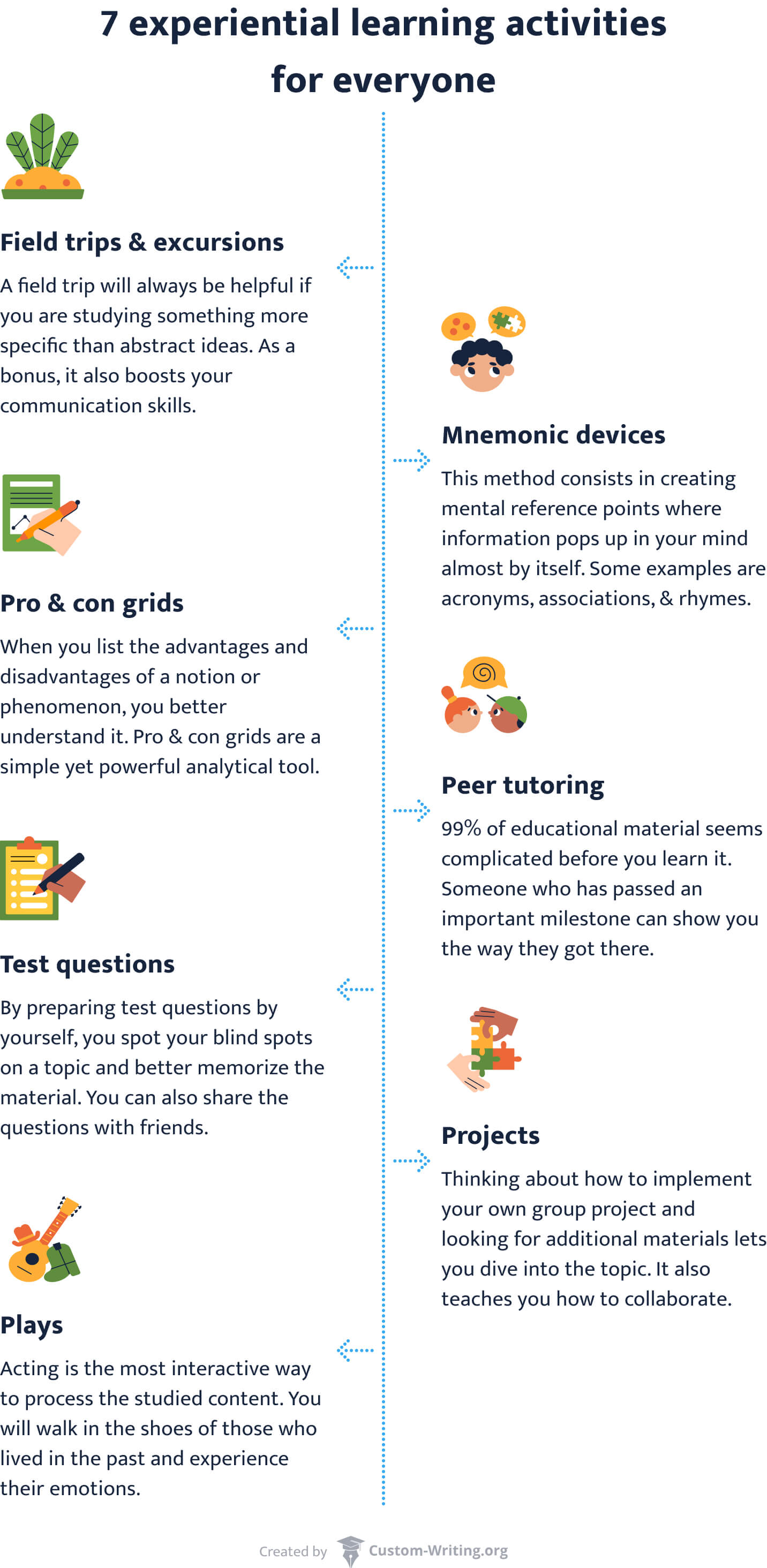
Field Trips & Excursions
A classroom is a safe and effective environment to perceive new information, but it is the worst place to experience what you’ve learned.
Remember how in the beginning, we mentioned chamomile in a textbook and in the field? A field trip will always be helpful if you are studying something more specific than abstract ideas.
No matter how introverted you are, going on an excursion with your school will be more effective than several hours in class. As a bonus, it also boosts the development of your communication skills.
Mnemonic Devices
Mnemonic devices segment and arrange information in an easy-to-digest way. Rather than using repetition to memorize, this method consists in creating mental reference points where information pops up in your mind almost by itself.
Here are 3 examples to consider:
Pro & Con Grids
Have you ever wondered why every teacher assigns argumentative essays? When you list the advantages and disadvantages of a notion or phenomenon, you better understand it. We don’t suggest you write a full-scale essay on every complicated issue you come across, but a pro & con grid can structure your thoughts.
However simple it may sound, pro & con grids are a powerful analytical tool for any debatable problem. And developing a well-informed and evidence-based opinion on most dilemmas can be quite an asset.
Peer Tutoring
Everyone enjoys feeling influential and knowledgeable. Use that human weakness to your advantage! Ask an older peer to explain something that seems challenging.
Spoiler:
99% of educational material seems complicated before you learn it. Someone who has passed an important milestone can show you the way they got there.
As a bonus, you can establish meaningful relationships and find good friends. Nobody thinks too much about that while at college, but your contacts with peers can play an essential role in your career after graduation.
By the way:
If you are asked to explain something, do not refuse! That is one of the best ways to get really good at a topic.
Test Questions
Making your list of self-test questions has multiple benefits:
- You can prepare for an exam twice as fast.
- You spot your blind spots on a topic.
- You can share the questions with friends and engage in peer tutoring activities as described above.
- You process and memorize the material while making up the questions (which is exactly what you were aiming for in the first place).
Projects
If you perform best when physically engaged, consider starting your own group project. Thinking about how to implement it and looking for additional materials lets you dive into the topic. And constructing something on your own teaches you how to collaborate, be patient, and solve problems.
Look for like-minded people among your peers. The idea of your project may inspire them, and your cooperation will be mutually beneficial. Check out this article on group work for more tips about setting up your project. You will all become more creative, and you might form important friendships along the way.
Plays
Most lessons, particularly humanities, can be acted out for practice.
For instance:
You’ve finished a class about the Treaty of Versailles.
Divide into two groups:
- One for Germany
- Another for the Allied Nations
Present your conditions and reach an agreement. Perhaps you will create an alternative history that could change the destiny of humanity.
Acting is the most interactive way to process the studied content. You will walk in the shoes of those who lived in the past and experience their emotions, at least for a moment.
5 Advanced Experiential Learning Activities
Are you looking for more sophisticated experiential learning methods? We’ve listed 5 best options for students below.
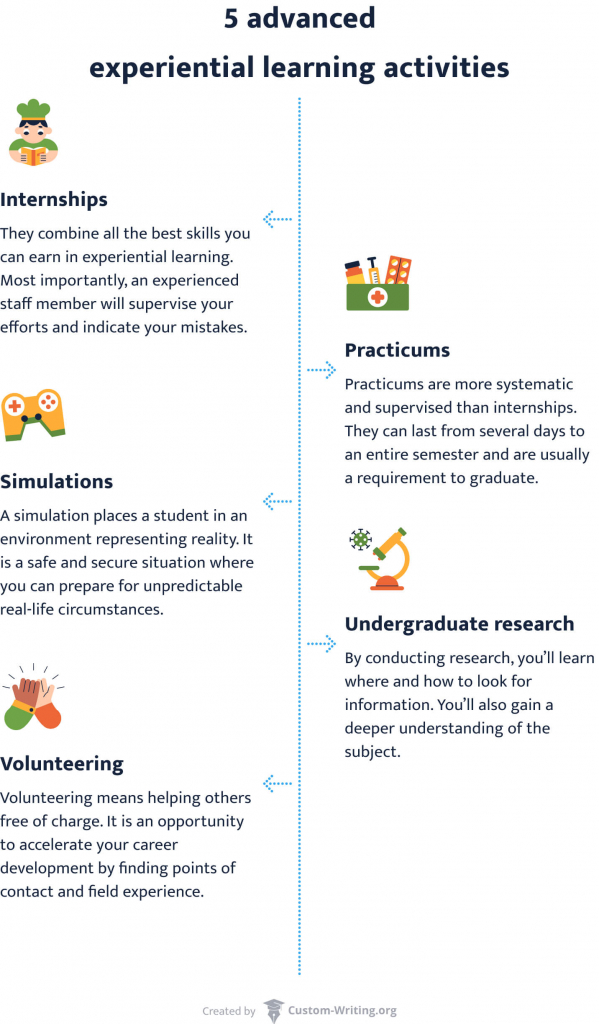
If you haven’t already seen them, you’ll probably come across them as a part of the normal educational process. Remembering that they refer to experiential learning can make your experience with them even more fruitful.
Internships
The definition of an internship is on-site experience. It combines all the best skills you can earn in experiential learning. Unlike the other eleven activities, internships don’t classify knowledge by importance. You’ll need all of it all the time.
Most importantly:
An experienced staff member will supervise your efforts and indicate your mistakes. You will be equally welcome to watch other employees work to understand procedural management.
Very often, experiencing something yourself is the best way to learn how to do it. That’s why if your educational course doesn’t include an internship, we recommend you look for one independently. Most large companies have internship openings that can even end with a job offer.
Practicums
Practicums are more systematic and supervised than internships. They relate to a specific class and require you to demonstrate competencies before you start. A practicum can last from several days to an entire semester and is often a requirement to graduate successfully.
Another difference is that practicums are not paid. In return, you get much more instructional assistance and self-assessment. And the most significant difference is the share of involvement: a practicum is a hands-on field experience, while an internship is a hands-on working experience.
Your skills will benefit from even the shortest practicum if they are available in your studies.
Simulations
A simulation is an instructional scenario where you are placed in an environment representing reality. It is a safe and secure situation where you can prepare for unpredictable real-life circumstances. The parameters of this “reality” can be adapted to your level of competencies. The purpose is to experience the scenario without grave consequences if anything goes wrong and gather skills from it.
In-class simulations are essential, but nobody is stopping you from arranging your own. Team up with your peers to role-play the material you are studying. The activity will be fun and rewarding for all of you.
Undergraduate Research
Many undergraduate students have no plans to go in for a research career. However, learning to research academic material does not automatically subscribe you to a lifetime academic job.
However, it does provide you with multiple benefits:
- Reading previous publications on the research topic teaches you analytical and fact-based thinking.
- You learn where and how to look for information, which is priceless in any profession.
- Even in an independent project, you understand how to work in a team with your research supervisor.
- You gain a deeper understanding of the subject, complementing and extending your classroom learning.
- You clarify your career goals by getting an idea of your actual interests.
Volunteering
Volunteering means helping others free of charge, but that’s just the tip of the iceberg. It is an opportunity to accelerate your career development by finding points of contact and field experience.
Learn how to become a volunteer and explore the top 10 volunteering organizations for job openings.
Volunteering is somewhat similar to internships, with the difference being that you are not a trainee. You are already working. You won’t have time to dedicate to unpaid experience in your later years, so grab the opportunity now.
⚖️ Experiential Learning: Benefits & Drawbacks
To sum it up, let’s consider the pros and cons of experiential learning.

The benefits of experiential learning are so many we could write several articles about them. The essential benefits of experiential learning are as follows:
- It allows for more creativity than traditional learning.
- It accelerates your academic progress.
- It helps you establish important contacts with employers.
- It provides real-world experience, combating your fears of a full-time job.
- It makes you more prepared for adult life.
- It makes you more socially fulfilled and outgoing.
- It integrates theory and practice.
- It allows you to learn from your mistakes.
- It develops problem-solving skills.
Like everything else on this earth, experiential learning still has its drawbacks:
The take-home message is simple:
Work hard and apply as much knowledge as possible so that what you learn stays in your memory and brings dividends in the future.
And please share your tips on experiential learning with the other readers in the comments below.
🔗 References
- Experiential Learning | Center for Teaching & Learning
- What is experiential learning and how does it work?
- Experiential Learning | Definition, Methods & Examples
- What Is Experiential Learning? And How To Teach It
- Experiential Learning – Teaching Resources
- The 12 Types of Experiential Learning
- Kolb’s Four Stages of Learning
- How Kolb’s Experiential Learning Cycle Can Empower Your Success


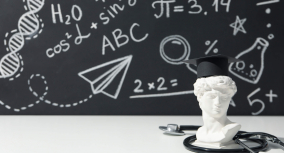



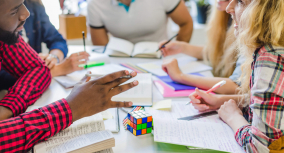
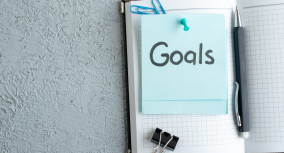
![The Scaffolding Technique in Education: Benefits & Examples [Is It Really Useful?]](https://custom-writing.org/blog/wp-content/uploads/2023/03/business-women-signature-document-1-284x153.jpg)


